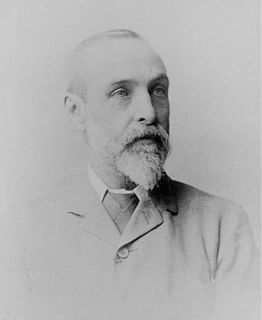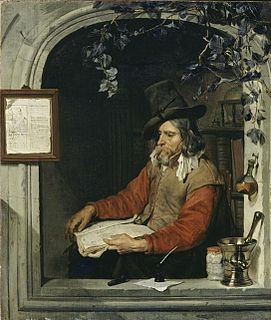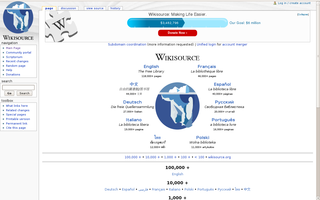
Sir William Jackson Hooker was an English systematic botanist and organiser, and botanical illustrator. He held the post of Regius Professor of Botany at Glasgow University, and was Director of the Royal Botanic Gardens, Kew. He enjoyed the friendship and support of Sir Joseph Banks for his exploring, collecting and organising work. His son, Joseph Dalton Hooker, succeeded him to the Directorship of Kew Gardens.
John Farey Sr. was an English geologist and writer. However, he is better known for a mathematical construct, the Farey sequence named after him.

Nathaniel Wolff Wallich FRS FRSE was a surgeon and botanist of Danish origin who worked in India, initially in the Danish settlement near Calcutta and later for the Danish East India Company and the British East India Company. He was involved in the early development of the Calcutta Botanical Garden, describing many new plant species and developing a large herbarium collection which was distributed to collections in Europe. Several of the plants that he collected were named after him.

John Lindley FRS was an English botanist, gardener and orchidologist.

The Cambridge University Botanic Garden is a botanical garden located in Cambridge, England associated with the university Department of Plant Sciences. It lies between Trumpington Road to the west, Bateman Street to the north and Hills Road to the east.
Daniel Oliver, FRS was an English botanist.

John Sims was an English physician and botanist. He was born in Canterbury, Kent and was subsequently educated at the Quaker school in Burford, Oxfordshire, he then went on to study medicine at Edinburgh University. Later in life he moved to London(1766) where he worked as a physician, notably he was involved with the birth of Princess Charlotte in which both mother and baby died. He was the first editor of Curtis's Botanical Magazine.
Albert Charles Seward FRS was a British botanist and geologist.

Sir William Turner Thiselton-Dyer was a leading British botanist, and the third director of the Royal Botanic Gardens, Kew.

John Gilbert Baker FRS was an English botanist. His son was the botanist Edmund Gilbert Baker (1864–1949).

Professor David John Mabberley, is a British-born botanist, educator and writer. Among his varied scientific interests is the taxonomy of tropical plants, especially trees of the families Labiatae, Meliaceae and Rutaceae. He is perhaps best known for his plant dictionary The plant-book. A portable dictionary of the vascular plants. The third edition was published in 2008 as Mabberley's Plant-book, for which he was awarded the Engler Medal in Silver in 2009. As of June 2017 Mabberley's Plant-book is now in its fourth edition.

Colonel Robert Torrens was a Royal Marines officer, political economist, MP, owner of the influential Globe newspaper and prolific writer. Born in Derry, Ireland, he was the son of Robert Torrens of Hervey Hill. The Torrens family, thought to be descended from a Swedish officer in the service of William III of England, were a large and prominent Derry family. Among his numerous cousins were Sir Henry Torrens, the distinguished military adviser, and another Robert Torrens, a judge of the Court of Common Pleas (Ireland).

Sir Isaac Bayley Balfour, KBE, FRS, FRSE was a Scottish botanist. He was Regius Professor of Botany at the University of Glasgow from 1879 to 1885, Sherardian Professor of Botany at the University of Oxford from 1884 to 1888, and Professor of Botany at the University of Edinburgh from 1888 to 1922.

James Sykes Gamble was an English botanist who specialized in the flora of the Indian sub-continent; he became Director of the British Imperial Forest School at Dehradun, and a Fellow of the Royal Society.
William Ramsay McNab was a Scottish physician and botanist.
George Simonds Boulger (1853–1922), F.L.S., F.G.S., F.R.H.S., was an English botanist. Boulger wrote articles as the Kew Gardens Correspondent of The Times, and other works on botany and natural history.
James Bowie (c.1789–1869) was an English botanist.

George Nicholson, was an English botanist and horticulturist, amongst 60 awarded the Victoria Medal of Honour by the Royal Horticultural Society in 1897 for their contributions to horticulture. He is noted for having edited "The Illustrated Dictionary of Gardening", produced as an eight-part alphabetical series between 1884 and 1888 with a supplement, and published by L. Upcott Gill of London.

Elian Emily Collins was an English botanist, naturalist and an early collector of plant specimens in Thailand. She discovered several plant species new to science and had numerous species named after her.




















